Forests At Risk | How Did We Get Here? | Where Does The Money Go? | What's At Stake | Take Action
Forests At Risk
Nearly half of Oregon's landmass is covered in forest lands, yet only 3% is state forest. As Portlanders line up on Highway 26 to slowly wind toward the coast on hot summer days, the two largest state forests in Oregon slip past their windows mostly unnoticed. The jarring clearcuts and ragged logging sites that checker the hillsides of Tillamook and Clatsop state forests can lead an onlooker to believe there is little to explore. But deep in these stately trees lie renowned steelhead and trout streams, tiny tucked-away campgrounds, and soaring views from the Coast Range mountain summits, all of which is worthy of exploration and protection.
How these lands are managed has serious impacts on the livelihoods of the people living near them and on every Oregonian's ability to recreate on the lands, not to mention the ability to protect the endangered species that reside in them. To fully fund a forest's management plan in Oregon, the only option available to managers is to cut down more trees.
Under Oregon law, state forests must be managed to provide the "greatest permanent value." This means that the state must take into consideration recreation and conservation values in addition to timber harvesting and timber revenue creation. This has led to management outcomes that regularly come into conflict with one another due to the way funding is organized on these lands. Managing a forest under any plan requires an outlay of spending, and when it comes to state forests, the only mechanism to fund a management plan is from revenues generated from almost entirely from logging practices with some nominal additions from other use fees, such as camping fees and recreation licenses. But roughly two-thirds of this revenue is used to support counties and local taxing districts for education, fire and police, and other county administrative costs. The remaining one-third is used for maintaining and managing the public land itself. This includes the costs of managing for compliance with both state and federal environmental protection laws, maintenance and upkeep of recreational facilities and trails, and timber production. No general fund support is received from the state legislature for any of these endeavors.
How Did We Get Here?
In the early 1900s, most of the lands comprising Oregon's state forests were privately owned. When the demand for timber skyrocketed during World War I, logging camps, railroads and lumber mills dotted the mountains of the Coast Range. Following a harvest, the logged land was forfeited to counties in lieu of paying taxes. Clatsop County was the first county in Oregon to deed forest to the state to manage on the condition that the county would receive a portion of the revenue generated from timber sales. In 1939, the Forest Acquisition Act encouraged 14 other counties to give deeds of the foreclosed lands to the Oregon Department of Forestry, creating a funding mechanism for timber counties still heavily relied on today.
The vast majority of state forest land is in the Clatsop and Tillamook state forests on the northern Oregon Coast. Clatsop State Forest was designated in 1973, with roughly 150,000 acres under state control, from the land deeded to the state in the 1930s. Tillamook State Forest came to fruition through a slightly different path. A series of large forest fires that began in 1933, recurring in six year intervals through 1951, came to be known as the historic Tillamook Burn, turning 355,000 acres of forest to ash. Following the fires, foresters, professional tree planters, and volunteers came together to reestablish the forest. College students bussed out to the Coast Range to camp and replant thousands of trees in order to counteract the immense economic and environmental repercussions of the fire. In 1973, the Tillamook Burn was officially renamed the Tillamook State Forest by then Oregon Governor Tom McCall. In the following years, the State of Oregon acquired additional lands and now manages about 823,500 acres of forest land spread over six larger state forests and a few smaller tracts. Tillamook and Clatsop forests are representative of the funding challenges faced by all of these tracts, regardless of size.
Where Does The Money Go?
Following passage of the 1971 Oregon Forest Practices Act, Oregon became the first state in the nation to create a comprehensive forest management plan that set specific standards in place for reforestation, road construction and maintenance, timber harvest, pesticide application, and streamside buffers. While a step in the right direction, this plan is considered outdated and inadequate by most scientists and conservationists today. As regional attention to endangered species increased in the 1990s, the Oregon Forests Management Plan was enacted. The plan created by the state coordinated management for public lands that addressed the need for forest habitat and the need for forest products, largely ending the heyday of commercial logging in the state. Yet the funding mechanisms for Oregon's timber counties or for the management of the forests themselves remained unchanged.
As a result of the outdated funding system, timber counties suffer from the significant variability in revenue. Revenue can reach several million dollars in some years, and in the next, revenue can be zero. This makes efficient and sustainable budget planning difficult for counties that rely on these tax dollars from year to year. Overreliance on these funds has prevented counties from appropriately planning for a future when the subsidies will end and they are forced to be self-reliant. In Clatsop State Forest for example, timber dollars account for almost 40% of the Rural Law Enforcement District budget. As management values shift toward recreation and conservation, those revenues will need to be made up in other places.
Conflict over flagging timber sales has increased in recent months, and multiple suits have been filed against the state. The most prominent is the filing of a $1.4-billion lawsuit by Linn County that claims that the state has failed to uphold timber harvests, thereby harming counties. According to the suit, a 1998 court ruling that Oregon trust lands must promote "greatest permanent value” has not been met, as the state has not sought to maximize sustainable timber harvests. This has resulted in a loss of millions of dollars to county in revenue.
These counties are being squeezed on two fronts, unfortunately. The BLM holds Oregon lands that are known as O&C lands. O&C lands were originally granted to the Oregon and California Railroad (O&C), but were returned to the federal government when the railroad failed to meet its contract obligations. A similar funding mechanism works with these BLM lands held in trust through programs like Payments in Lieu of Taxes and the Secure Rural Schools and Community Self Determination Act (SRS), which was passed in 2000. The SRS Act provided federal government funding to counties with BLM owned O&C lands. The SRS has since expired, and without reauthorization in Congress, county funding will once again be linked to timber harvest on public O&C lands. Historically low property taxes have also affected the bottom line for these low-income, low-density regions. The BLM has recently issued a management plan that would transfer many of these O&C lands to a state held timber trust. The timber trust would work to harvest the lands in its holding to maximize timber revenues over the conservation value of the land itself.
What's At Stake
If calls to clearcut are successful, the consequences will be stark. Endangered species such as wild salmon, steelhead, spotted owls, and marbled murrelets all call these forests home. The watersheds that support these animals also provide clean drinking water for more than 1.8 million people in communities across Western Oregon. Clearcutting and boosting timber harvests for short-term economic gains makes little sense given the huge value conservation and recreation offers in the long-term for Oregon residents. Additionally, in spite of claims to protect and monitor the consequences of the changes in management practices, the reality is that very little funding is currently available in state forests for ensuring compliance with environmental standards. Only approximately 5% of State Forest Management Program's annual budget can be invested in research, monitoring, and technology transfer. On an already short shoestring, expecting proper oversight to occur with increased harvest is unlikely.
With the projected population increase of nearly 1 million people to Oregon by 2030, more people will rely on what these state forests have to offer. The Columbia River Gorge is already reeling from the increased use as people seek out trails and opportunities to spend time in nature. State forests will also feel the bump in traffic. It is a unique opportunity for these counties to transition from an extraction-based economy that lacks long-term viability to one that promotes recreation and supporting services.
Take Action
One of the best ways to show your desire to protect these gorgeous state forests is to seek out recreation opportunities within them. Increasing use on these lands not only brings important tourism dollars to counties starved for revenue, it also highlights the growing demand for places to hike, camp, and fish on public lands. User numbers are tracked by government agencies as well as advocacy groups. Chris Smith works for the Sierra Club on the North Coast State Forest Coalition. According to Smith, "The Tillamook and Clatsop represent some of the great untapped recreation opportunities in northwest Oregon. As thousands flock to Mount Hood and the Columbia Gorge, off-the-beaten-path hiking, biking, camping, fishing, swimming, and wildlife viewing spots are abundant on our north coast. Visiting and appreciating what these state-owned forests have to offer is critical to ensuring their future." Supporting organizations like Wild Salmon Center and the North Coast State Forest Coalition that work tirelessly to protect these forests puts pressure on local and state officials to protect conservation and recreation values in tandem with timber, rather than allowing those lands to be consumed by harvest. Just by going out and enjoying the beauty of our state lands, you help protect them for future use. It's hard to find an easier way to protect our Oregon outdoors!
Wild Salmon Center is an international organization committed to the conservation and sustainable use of wild salmon ecosystems across the Pacific Rim. From northern California up to British Columbia, Alaska and across the Pacific to Russia, WSC partners with local communities, governments, businesses, and other key stakeholders in a shared commitment to long-term stewardship of salmon and their home rivers. WSC has been working to protect wild rivers for over 20 years and we are excited to join them in exploring and protecting these amazing places.

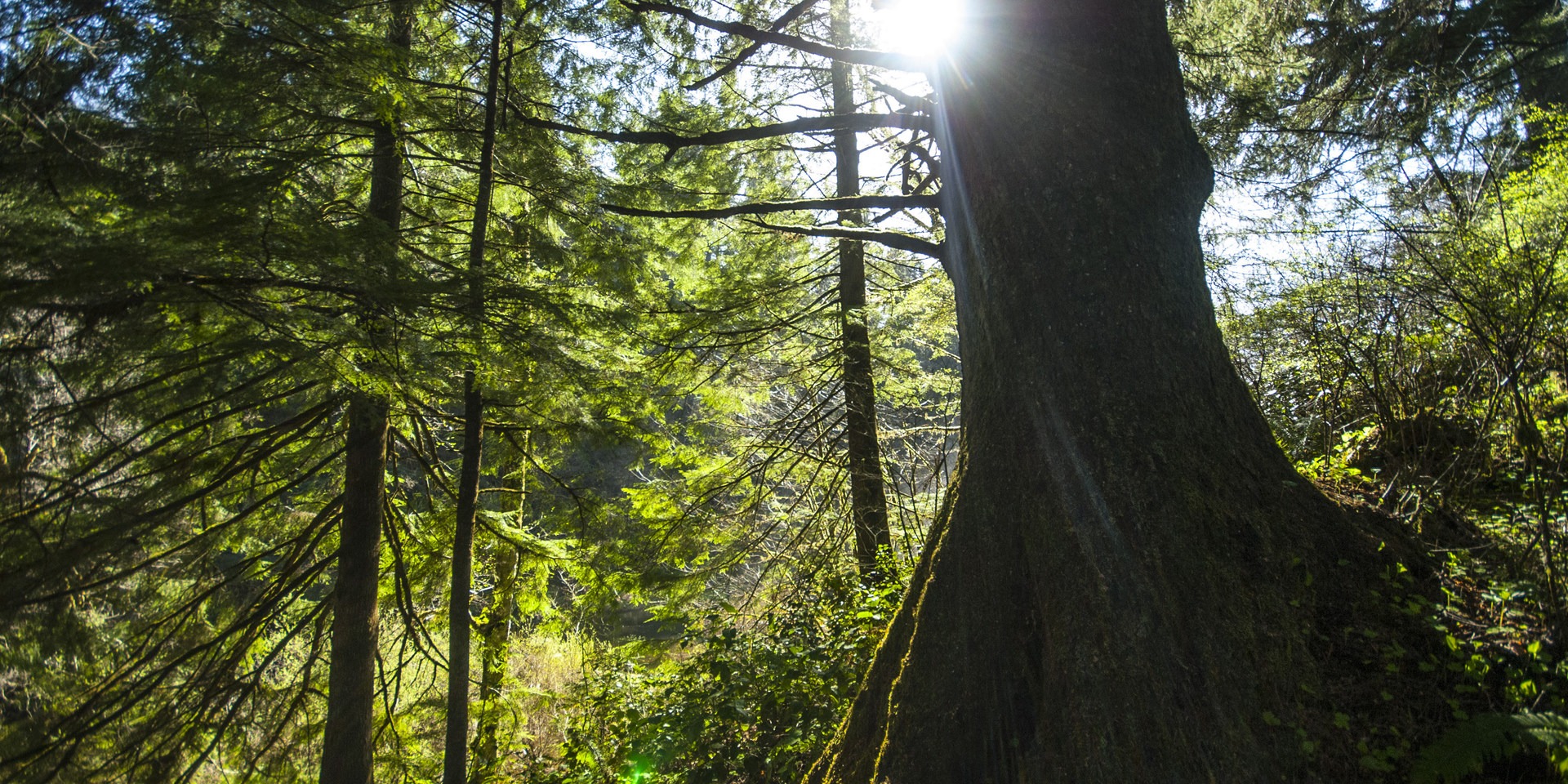

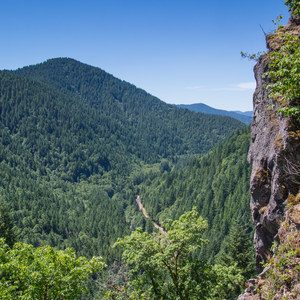
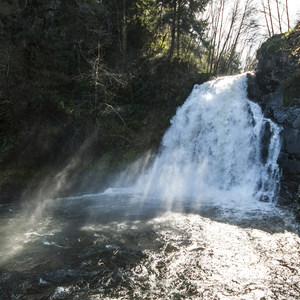
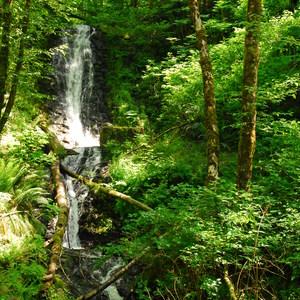
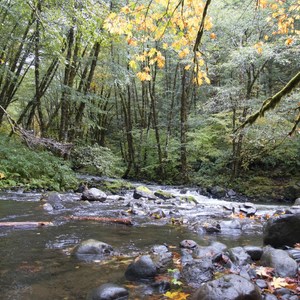

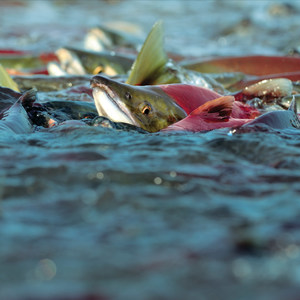
Comments
Sign In and share them.